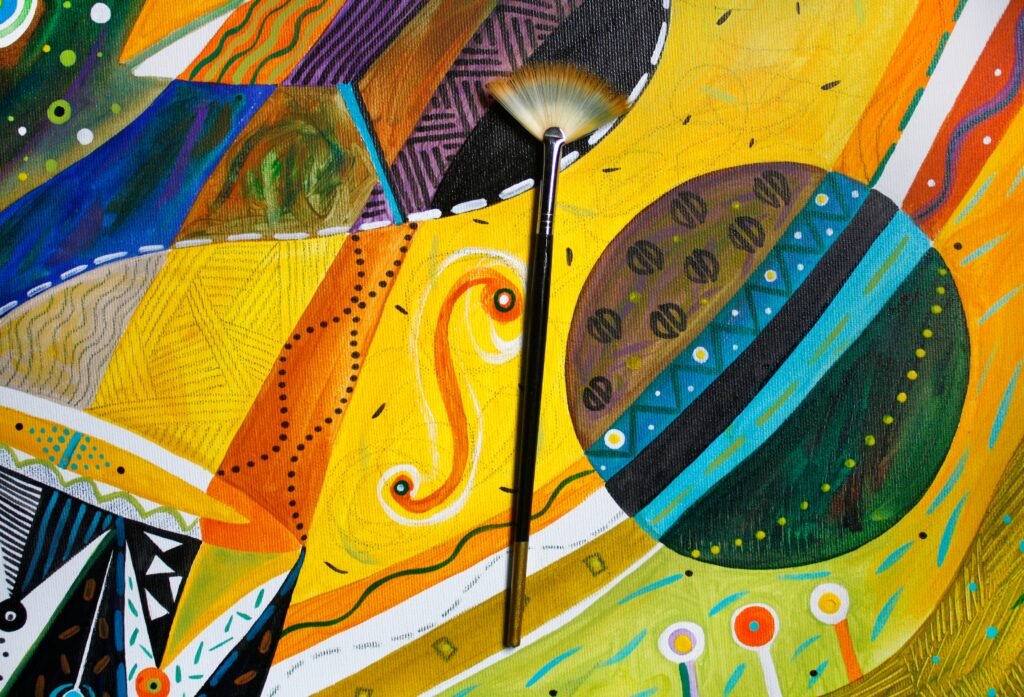In 1909, Filippo Tommaso Marinetti unleashed upon the world a war cry disguised as a manifesto. Within the fiery lines of the Futurist Manifesto, an alliance between art and destruction was sealed: “We want to glorify war—the only hygiene of the world.” With this proclamation, the path of Futurism began.
It was more than a rhetorical gesture. Futurism was born as an ode to speed, to machines, and to the collapse of all past forms. And war—real, tangible, bloody—was for them the greatest stage, the pinnacle of modern aesthetics.
The Machine as an Aesthetic Ideal and War as Performance
Futurist imagination was captivated by the roar. Cannons, locomotives, machine guns: everything pulsed with the energy of the new. The machine was no longer just an instrument but an ideal. The bodies? Cogs. The battlefield?

A modern studio where the raw material was the human body and blood was the pigment. War was not a tragic mistake but an epiphany of the world Futurists desired: cleansed of tradition, full of noise, intoxicated with action.
When Marinetti and other artists enlisted in World War I, they did so not with reluctance or naive patriotism. They went to war as if it were a rite of passage, a total performance. Fighting was creating, killing was modernizing. The aesthetics of destruction was no longer a metaphor. It was a program.
The Collapse of the Ideal: Trauma, Fascism, and Contemporary Echoes
However, what Futurism enthusiastically celebrated, the 20th century revealed in horror. The body torn apart, the emptiness of the trenches, the mechanical repetition of death—all dismantled any heroic illusion. War, as Walter Benjamin showed, did not return experience to humanity; it returned trauma.
Still, even after the devastation, Marinetti remained faithful to his steel utopia. In the following years, Futurism aligned itself with the rising fascism. The aesthetics of force turned into rhetoric of power. The art that dreamed of breaking with the past became its authoritarian caricature. Speed became a march. The machine, a tool of control.
The Legacy of Futurism in the Digital and Wartime Era
Today, we can still hear echoes of this fever. When drones are praised as dancers in the air, when destruction blends with spectacle, and violence is aestheticized in advertising campaigns or war games, there remains a trace of the Futurist delirium. The belief that there is beauty in collapse, progress in annihilation.
Futurism was more than an artistic avant-garde: it was the wild desire of a world that traded time for impact. Perhaps the most disturbing part of its legacy is not what it destroyed, but how much it still seduces us.



